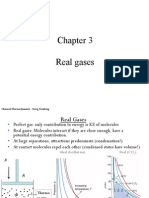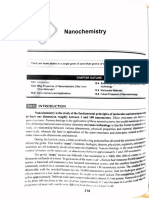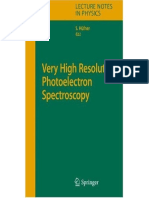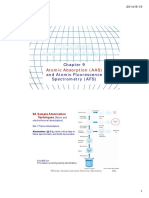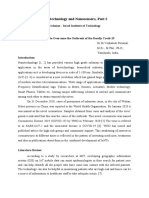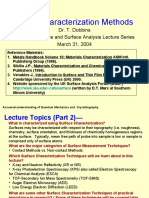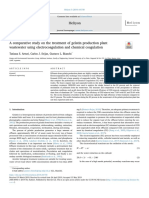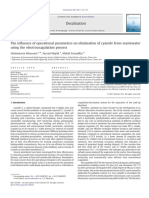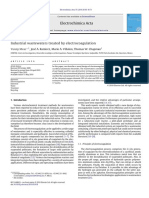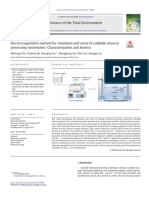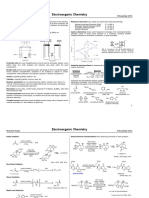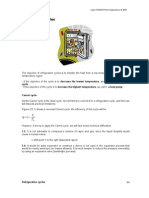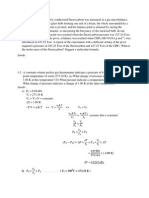0% found this document useful (0 votes)
205 views32 pagesChapter 4: Characterization Techniques For Nanomaterials
The document discusses characterization techniques for nanomaterials. It describes various chemical and structural characterization methods such as optical spectroscopy, electron spectroscopy, X-ray diffraction, and electron microscopy. It also discusses specific techniques like UV-visible spectroscopy, photoluminescence spectroscopy, and XPS that are used in the present work to characterize nanomaterials.
Uploaded by
Praveen KumarCopyright
© © All Rights Reserved
We take content rights seriously. If you suspect this is your content, claim it here.
Available Formats
Download as PDF, TXT or read online on Scribd
0% found this document useful (0 votes)
205 views32 pagesChapter 4: Characterization Techniques For Nanomaterials
The document discusses characterization techniques for nanomaterials. It describes various chemical and structural characterization methods such as optical spectroscopy, electron spectroscopy, X-ray diffraction, and electron microscopy. It also discusses specific techniques like UV-visible spectroscopy, photoluminescence spectroscopy, and XPS that are used in the present work to characterize nanomaterials.
Uploaded by
Praveen KumarCopyright
© © All Rights Reserved
We take content rights seriously. If you suspect this is your content, claim it here.
Available Formats
Download as PDF, TXT or read online on Scribd
/ 32


